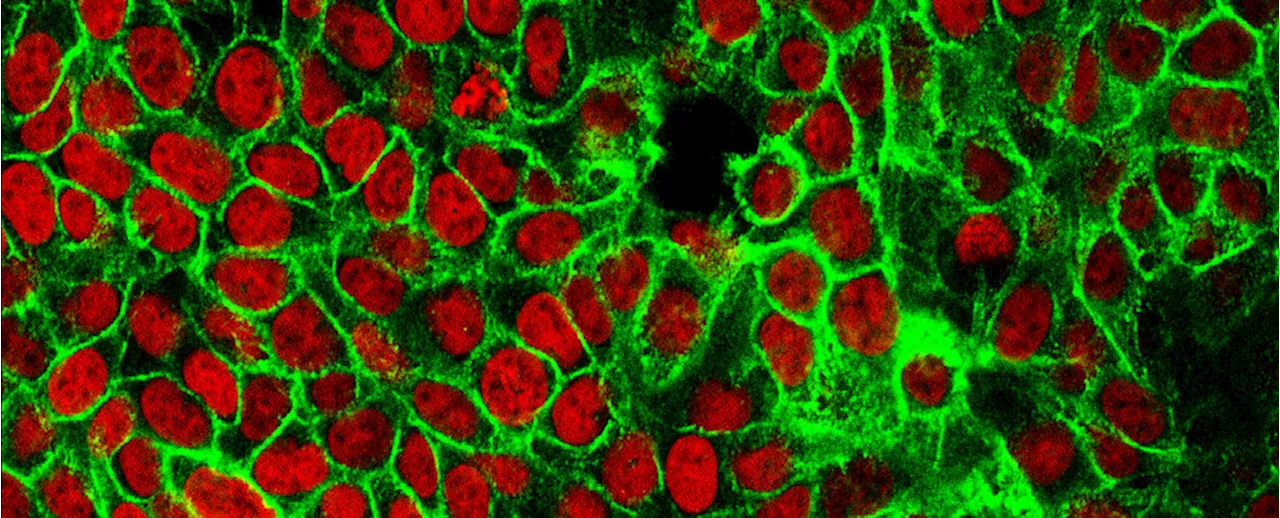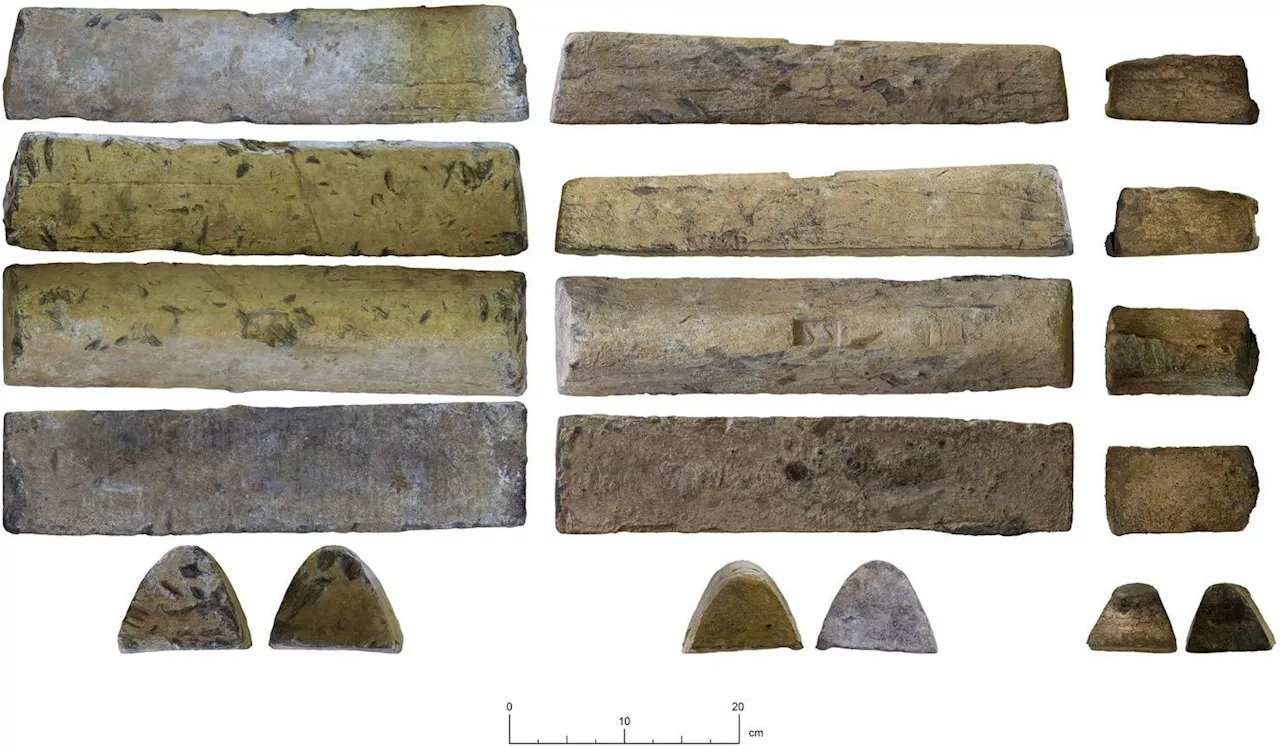Science, Space and Technology News 2024
A study has uncovered microbial life deep under Chile’s Atacama Desert, indicating that similar subsurface environments on Mars could also harbor life, supported by materials like gypsum. Yungay Playa with typical dry cracks. Credit: Lucas Horstmann, GFZ-Potsdam
In a finding with implications for the search for extraterrestrial life, scientists have uncovered microbial life 13 feet beneath the surface of the Atacama Desert, Earth’s most inhospitable desert. The Atacama Desert in northern Chile is the driest hot desert in the world. Higher life forms are almost entirely absent, but the hyper-arid soil, rich in salts and sulfates, does harbor bacteria.
The first 80 centimeters of soil is thought to be a possible refuge from harsh UV light, a place where some water might be found. But what of deeper horizons? Dirk Wagner and colleagues sought to extend understanding of the desert’s biota to the deep subsurface world. The authors dug more than four meters down in a playa of the Yungay Valley to collect soil samples.was from living organisms. Loose DNA was first washed out, then DNA inside intact cells was extracted for sequencing.
Study site in the Yungay-Playa: The excavated profile pit and the laboratory trolley of the University of Antofagasta. Credit: L. Horstmann, GFZalso has gypsum deposits, which could theoretically serve as a source of water for microbial life. Reference: “Persistent microbial communities in hyperarid subsurface habitats of the Atacama Desert: Insights from intracellular DNA analysis” by Lucas Horstmann, Daniel Lipus, Alexander Bartholomäus, Felix Arens, Alessandro Airo, Lars Ganzert, Pedro Zamorano, Dirk Schulze-Makuch and Dirk Wagner, 23 April 2024,SciTechDaily: Home of the best science and technology news since 1998. Keep up with the latest scitech news via email or social media.
United Kingdom Latest News, United Kingdom Headlines
Similar News:You can also read news stories similar to this one that we have collected from other news sources.
 Researchers Discover Cancer's 'Fingerprints' Using Geological TechniqueThe Best in Science News and Amazing Breakthroughs
Researchers Discover Cancer's 'Fingerprints' Using Geological TechniqueThe Best in Science News and Amazing Breakthroughs
Read more »
 Researchers discover optimal conditions for mass production of ultraviolet hologramsResearchers have delved into the composition of nanocomposites for ultraviolet metasurface fabrication and determined the ideal printing material for crafting them. Their findings are featured in the journal Microsystems & Nanoengineering on April 22.
Researchers discover optimal conditions for mass production of ultraviolet hologramsResearchers have delved into the composition of nanocomposites for ultraviolet metasurface fabrication and determined the ideal printing material for crafting them. Their findings are featured in the journal Microsystems & Nanoengineering on April 22.
Read more »
 Researchers discover three ingots made of Roman lead in Northern CórdobaThree ingots from the site of Los Escoriales de Doña Rama (Belmez) and dating from the Roman era demonstrate the importance of lead production and exportation in northern Córdoba. Measuring some 45 centimeters long and weighing between 24 and 32 kilos, the ingots are triangular in shape, resembling a Toblerone bar.
Researchers discover three ingots made of Roman lead in Northern CórdobaThree ingots from the site of Los Escoriales de Doña Rama (Belmez) and dating from the Roman era demonstrate the importance of lead production and exportation in northern Córdoba. Measuring some 45 centimeters long and weighing between 24 and 32 kilos, the ingots are triangular in shape, resembling a Toblerone bar.
Read more »
 Researchers discover new function of oncoproteinsResearchers at the University of Würzburg have discovered a new function of the oncoprotein MYCN: It not only helps cancer cells to grow stronger, but also makes them more resistant to drugs. The study is published in Molecular Cell.
Researchers discover new function of oncoproteinsResearchers at the University of Würzburg have discovered a new function of the oncoprotein MYCN: It not only helps cancer cells to grow stronger, but also makes them more resistant to drugs. The study is published in Molecular Cell.
Read more »
 Researchers use foundation models to discover new cancer imaging biomarkersResearchers have harnessed the technology behind foundation models, which power tools like ChatGPT, to discover new cancer imaging biomarkers that could transform how patterns are identified from radiological images. Improved identification of such patterns can greatly impact the early detection and treatment of cancer.
Researchers use foundation models to discover new cancer imaging biomarkersResearchers have harnessed the technology behind foundation models, which power tools like ChatGPT, to discover new cancer imaging biomarkers that could transform how patterns are identified from radiological images. Improved identification of such patterns can greatly impact the early detection and treatment of cancer.
Read more »
 Researchers discover spontaneous liquefaction of solid metal–liquid metal interfaces in colloidal binary alloysThe boundary between solid metal and liquid metal can be much less 'solid' than we ever suspected. RMIT researchers have discovered that the liquid-solid boundary can fluctuate back and forth, with metallic atoms near the surface breaking free from their crystal lattice.
Researchers discover spontaneous liquefaction of solid metal–liquid metal interfaces in colloidal binary alloysThe boundary between solid metal and liquid metal can be much less 'solid' than we ever suspected. RMIT researchers have discovered that the liquid-solid boundary can fluctuate back and forth, with metallic atoms near the surface breaking free from their crystal lattice.
Read more »
